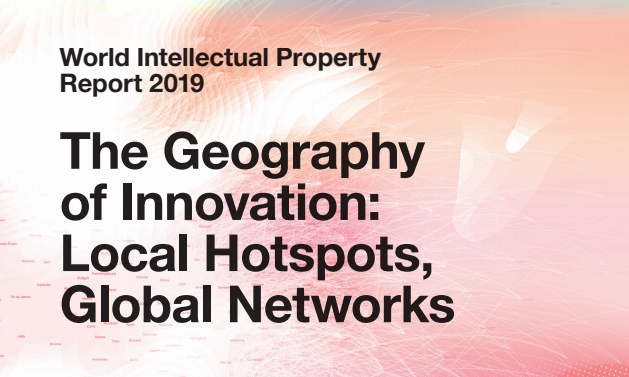The World Intellectual Property Organization (INSME Member) has recently presented its 2019 Report in Geneva. This year’s edition analyses the geography of innovation and identifies two main agglomerations of scientific and technological activities which are:
– the global innovation hotspots where there is the highest density of scientific publications and patent activity;
– specialized niche clusters which register a considerable density of inventors and scientific authors, but it is not high enough to be a global hotspot.
According to the report 19% of all inventive and scientific outputs worldwide is generated by inventors or researchers located outside hotspots and niche clusters, while the majority is concentrated in urban areas. By looking at the U.S. data show that a quarter of all patents filed from 2011 to 2015 were accumulated in hotspots around New York, San Francisco and Boston. In China, those around Beijing, Shanghai and Shenzhen increased their share from 36% to 52% of all Chinese patents during the same period.
Furthermore the average of production of scientific papers and patent applications filed by teams is growing: while in the early 2000s, teams produced 64% of all scientific papers and 54% of all patents, in the second half of the 2010s, these numbers registered a growth up to almost 80% and 70%, respectively.
In addition it is important to highlight that many of these collaborations are implemented on an international scale. The only exception to this trend can be found in East Asia where countries like Japan, the Republic of Korea and China have registered a decrease of the shares of international collaboration.
In conclusion the report states that investments in innovation and R&D are needed to achieve high level of technological progress. In addition, by taken into account that the most vibrant innovation hotspots are concentrated in already rich metropolitan agglomerations, it is crucial to implement development policies that support the regions which are lagging behind in filling this gap.
Find out more by reading the full report available at this page.
Source: The World Intellectual Property Organization


